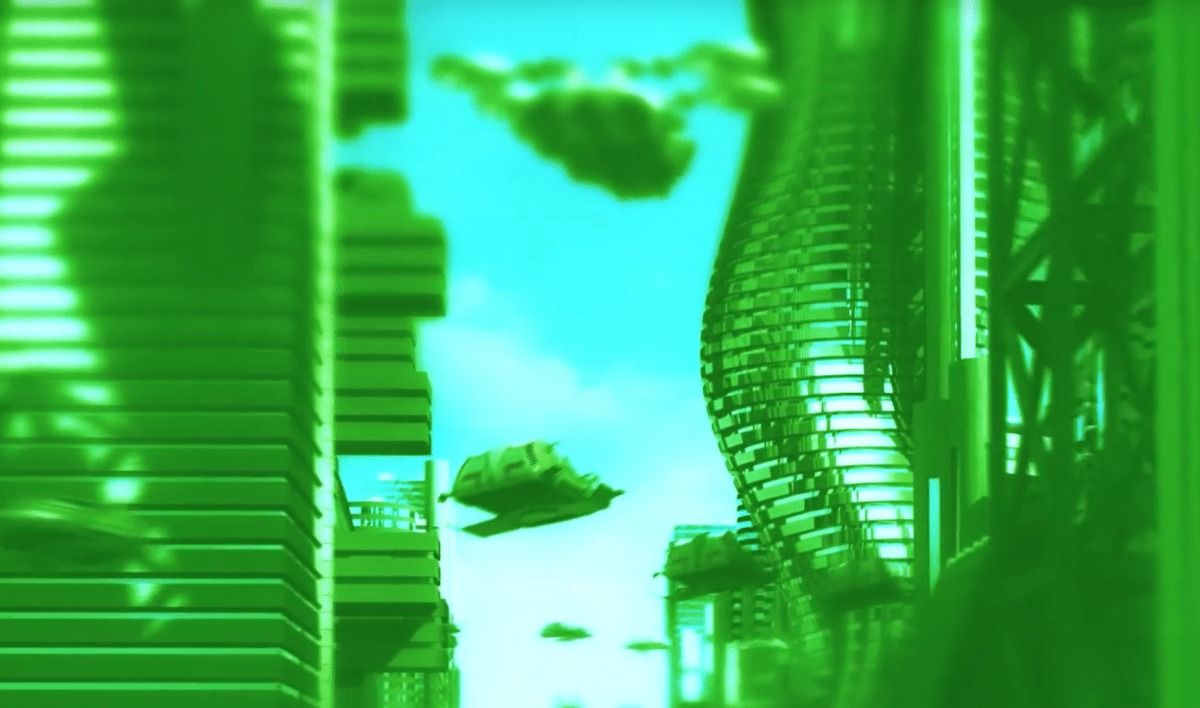China has unveiled illustrations of a Mars probe and rover it aims to send to the Red Planet at the end of the decade in a mission that faces “unprecedented” challenges, state media said on Wednesday.
China, which is pouring billions into its space programme and working to catch up with the US and Europe, announced in April it aims to send a spacecraft “around 2020” to orbit Mars, land and deploy the rover.
Zhang Rongqiao, chief architect of the project, said Tuesday they were targeting July or August of that year for the launch, the Xinhua news agency reported.








